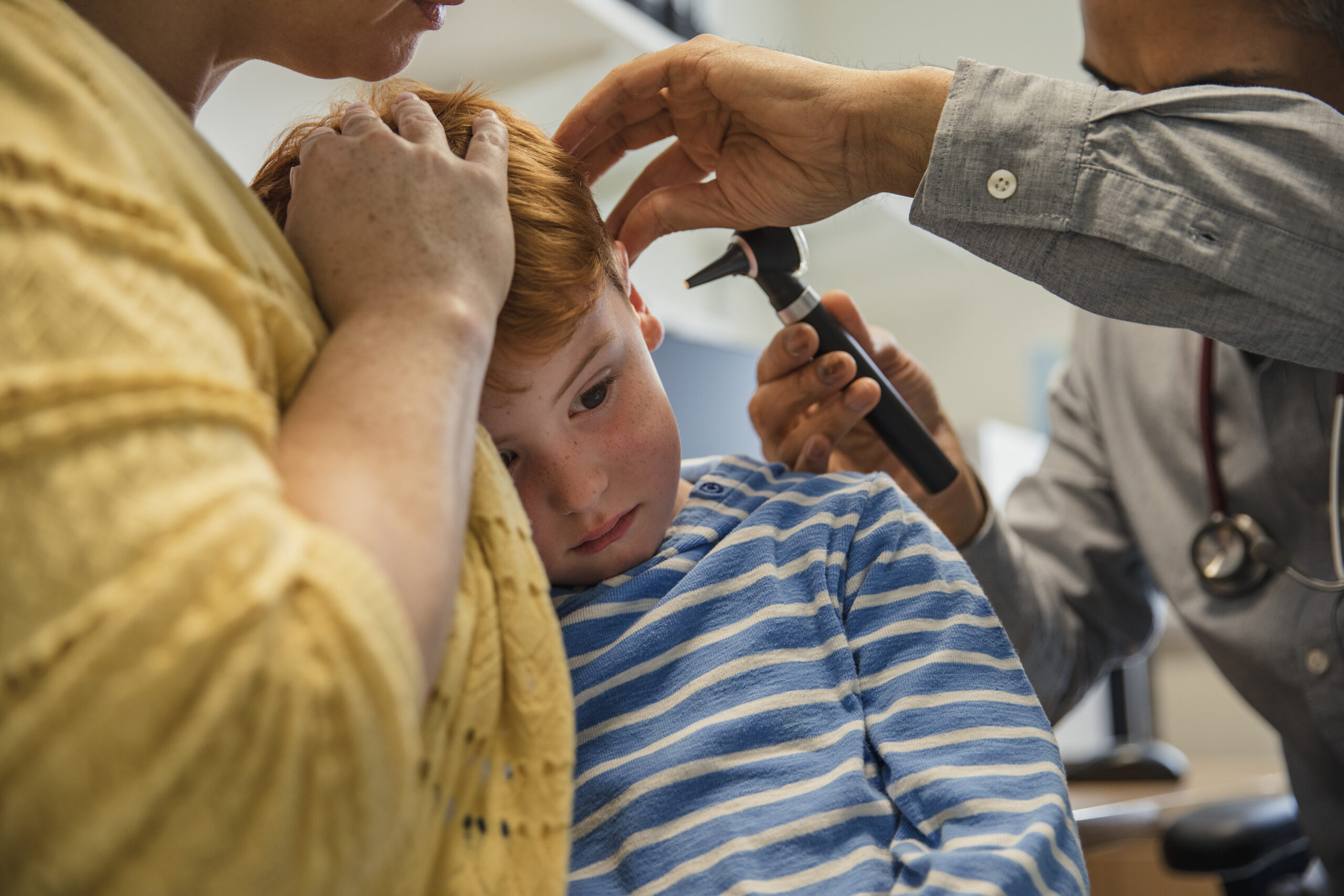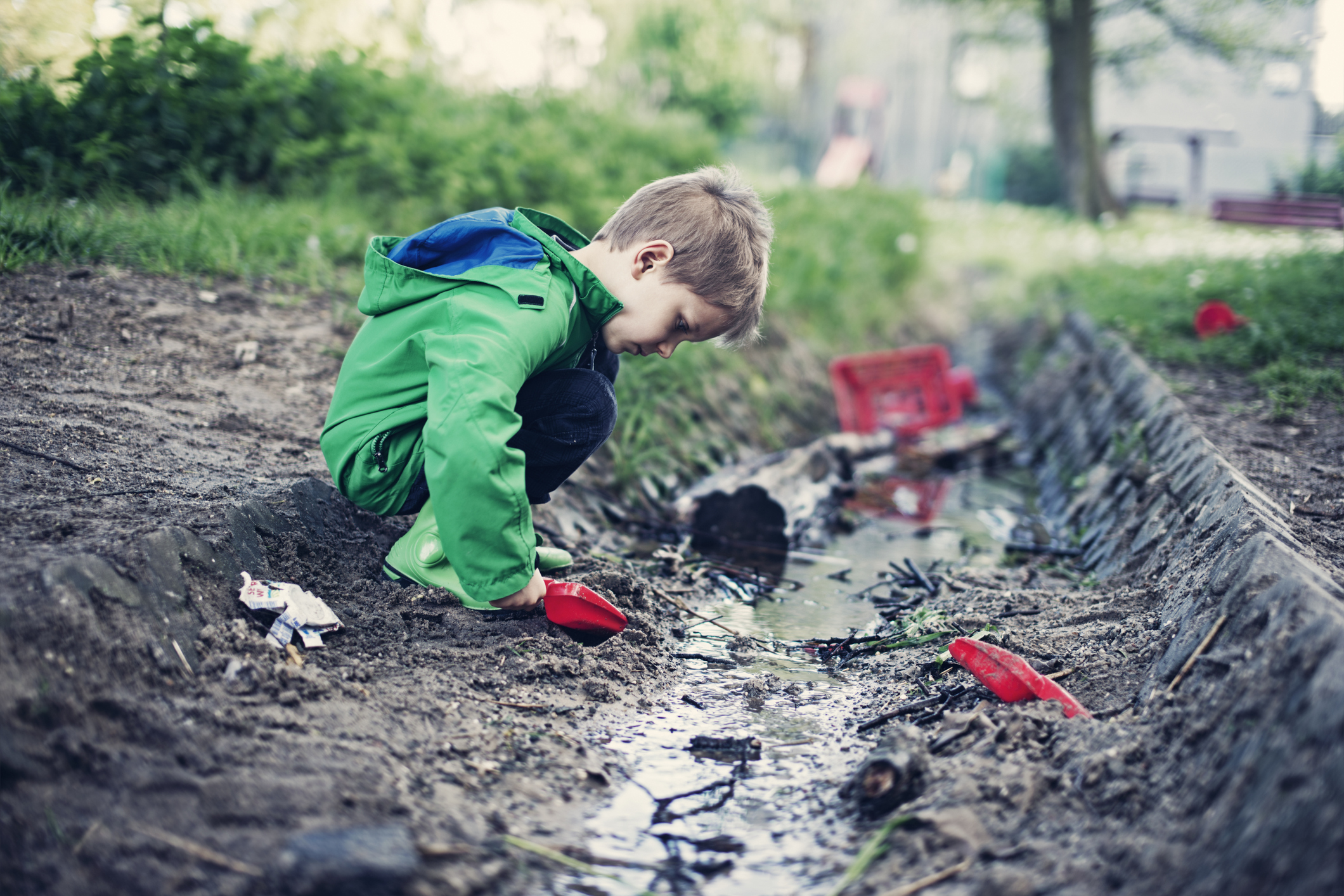Background
Lead is a significant environmental health hazard to children in Omaha, home to the nation’s largest residential U.S. Environmental Protection Agency (EPA) Superfund site– a program that provides resources to address lead contamination in soil caused by an old refinery. In 1998, after it was revealed that nearly 10 percent of the children tested in Douglas County had blood lead levels higher than 10 µg/dL, the Omaha City Council requested assistance from the EPA. In 2003, Omaha was added to the Superfund National Priorities List, with approximately 14 square miles of residential property in East Omaha considered at high risk.
Superfund
In 1998, when the Omaha City Council requested EPA assistance to address the high frequency of children in eastern Omaha found by the Douglas County Health Department to have elevated blood lead levels, the EPA began investigating the lead contamination in the Omaha areas under the authority of the Comprehensive Environmental Response, Compensation and Liability Act (CERCLA), also known as the Superfund law.
After blood tests revealed elevated lead levels in nearly 600 children, the EPA formed the Omaha Lead Superfund Site in 1999, which has become the largest residential lead remediation in the country. Cleanup of residential properties included testing a wide array of soil in places like child care facilities, schools, playgrounds, parks, and homes; removal and replacement of contaminated soil; and planting new sod and grass seed.
The Douglas County Health Department Childhood Lead Poisoning Prevention Program offers free inspections to families in Douglas County living in pre-1978 housing where children under seven-years-old live and play. Families with children who have been found to have elevated blood lead levels are given top priority. They also administer an EPA-funded interior dust program where residents who have had their soil remediated can receive education and a free HEPA vacuum.
EPA’s work is ending after it completed testing soil samples from 40,000 properties and cleaned up more than 12,000 properties that were contaminated with lead; however, the work of lead remediation will continue in partnership with the city. In May 2015, the EPA awarded $40 million to the City of Omaha through a cooperative agreement to address the final phases of the work, including ongoing attempts to collect soil samples and clean up the remaining properties. The rationale is that the owners of remaining properties will feel more at ease working with the city than with the federal government.
Updated Nuisance Ordinance
In December 2010, the Omaha City Council amended the “nuisance” chapter of the Omaha Municipal Code, adding lead-based paint to the list of specific examples of situations declared to be nuisances. Under the revised law, lead-based paint or other lead-based coating materials (such as liquid coatings on furniture) is a hazard and a “nuisance” on the interior or exterior of a home when it is accessible, or may become accessible, to ingestion or inhalation.
Once notified of a lead-based paint “nuisance,” a designated city officer and/or health director of the health department gives written “notice to abate” to the property owner and/or occupant or to the person causing the nuisance. If the person ordered to remove the hazard neither requests a hearing nor abates it within the specified time, the city will take care of it and bill the responsible party. In addition, that person may be fined up to $500 and/or imprisoned for up to six months for each day the nuisance remains.
Lead Hazard Control Program
A HUD-funded initiative, the City of Omaha Lead Hazard Control program, repairs interior lead-based paint hazards, including window and door replacement and paint stabilization, in homes occupied by children under age 7 within the boundaries of the Superfund site. The Omaha Healthy Kids Alliance (OHKA) works in tandem with this program to address additional environmental hazards and structural concerns, to provide education and referrals, and to monitor the program’s impact on health and track data.
OHKA is a nonprofit children’s environmental health organization working to improve children’s health through their Healthy Homes initiative. OHKA evaluates residences for health, safety, and environmental risks, works with families to create individual plans for a healthy home environment, and advocates for policies and best practices that promote health and protect children. It assists clients by delivering supplies, repairing houses, and referring them to community partners.
Grassroots Latino Environmental Education Program
OHKA partnered with the University of Nebraska Medical Center’s College of Public Health, Omaha community-based organizations, and the EPA in 2014 to launch the Grassroots Latino Environmental Education (GLEE) program. GLEE’s goal is to make information about environmental hazards more easily available in Spanish. Understanding that promotoras – community health workers – are effective at disseminating information to the Latino population, it was important to teach them about the connections between a person’s personal health and the environment in which they live. Through GLEE, OHKA trained more than 40 promotoras who educated over 1,000 Spanish-speaking Omaha residents in two years.
Lead Education Action Program
In 2016, OHKA received 6 years of funding from the EPA and the City of Omaha for the Lead Education Action Program (LEAP). The goal of the $5.4 million LEAP program is to support the City’s efforts to take over the Superfund cleanup activities, to educate the community about lead and healthy homes, and to direct residents to use the Omaha Lead Registry website, which is kept up-to-date with new information provided by government agencies, community groups, and private citizens.
One LEAP’s key initiatives is the Lead Free in Five campaign. Launched in October of 2016, with a convening of over 100 community leaders, the campaign aims to address childhood lead poisoning in Omaha through a community-wide strategy of policies, education, and infrastructure.
Results
In 2012, the Douglas County Health Department reported 119 children had tested positive for elevated blood lead levels, compared to 451 children in 1998. Not only were more children tested (17,294) in 2012 than had been previously but only 0.5 percent of the children showed blood lead levels higher than 9.5 µg/dL, a marked decrease from 13 percent in 1998. As of June 2013, fewer than two percent of eastern Omaha children tested showed elevated lead levels, compared to 33 percent before the Superfund cleanup.
____________________________________
In August, 2017, the Health Impact Project, a collaboration between the Robert Wood Johnson Foundation (RWJF) and Pew Charitable Trusts released: Ten Policies to Prevent and Respond to Childhood Lead Exposure. The Trust for America’s Health (TFAH), National Center for Healthy Housing (NCHH), Urban Institute, Altarum Institute, Child Trends and many researchers and partners contributed to the report. TFAH and NCHH worked with Pew, RWJF and local advocates and officials to put together the above case study about lead poisoning and prevention initiatives.
The case study does not attempt to capture everything a location is doing on lead, but aims to highlight some of the important work.








